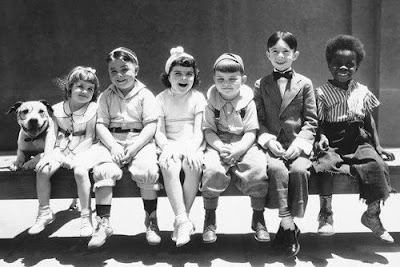The Lone Ranger radio program premiered in 1933, broadcast from radio station WXYZ in Detroit, Michigan. By 1934 the program extended coverage beyond Michigan, reaching as far west as Chicago and as far East as New York City and Connecticut. Beginning in February 1938, producer George W. Trendle commissioned every radio broadcast of The Lone Ranger be recorded on transcription disc for syndication. By April 1938 the radio program could be heard across the nation courtesy of these transactions, under local sponsorship. In Atlanta the program could be sponsored by a local bakery and in Houston the program could be sponsored by a furniture store.
But regardless of what fans mistakenly insist, not every radio broadcast was transcribed. The Christmas Eve broadcast of 1939 was never recorded, as verified by a notation on the radio script, "Not for Transcription," to the consecutive sequential order on the disc labels. It is assumed that the reason for this radio broadcast not being transcribed is because local radio stations airing the programs via transcription discs might have difficulty airing a Christmas episode during a non-festive time period such as April or June. Thankfully, the radio script exists so reprinted below is the plot summary for the Christmas 1939 broadcast, filling in the gap that will never be fulfilled in recorded format.
Episode #1079 “SPECIAL CHRISTMAS SHOW”
Broadcast December 24, 1939
Plot: John Lambert is forced to take in his two grandsons, Bruce and Tim, when he learns that their mother is dying and needs someone to care for. In the day preceding Christmas, separated by their mother, the boys are unable to spend a joyous holiday. To Lambert, it was merely an inevitable nuisance. But to Martha Lambert, John’s wife, the approaching holiday ranked with those of her own son’s childhood. During a blizzard, the boys learn the truth and run away in the hopes of rejoining their dying mother, who lives three days’ travel south of the Lambert ranch. The two boys fought their way through the blizzard hand in hand. The snow blinded them… the fierce cold was agony. To keep Tim occupied, Bruce tells him the story of the Nativity. When the Lone Ranger discovers what has happened, he races to find the boys and rescue them. John, meanwhile, feels sorry for the scornful way he treated his son when he married Laura, then despised Laura when his son died. The Ranger finds the boys and brings them back to the Ranch, where they discover their grandpa doesn’t hate them. And their mother is also at the ranch, thanks to Tonto and his wonderful methods of healing the sick.

















